Barry Severn is taking us along on a trip to Allan Gardens Conservatory in Toronto. These kinds of urban conservatories are wonderful anywhere but are nearly essential in cities with long, cold winters like Toronto. They are wonderful places to slip off for a little tropical escape any time you need it.
 Sometimes enjoying a garden is about taking time to look at the tiniest of details, like the unusual fringed red hairs on the petioles of these Begonia leaves.
Sometimes enjoying a garden is about taking time to look at the tiniest of details, like the unusual fringed red hairs on the petioles of these Begonia leaves.
Nodding pink flowers of kalanchoe (I think
Kalanchoe delagoensis, Zones 10–11) rise amid the unusual forms of
succulents and cacti.
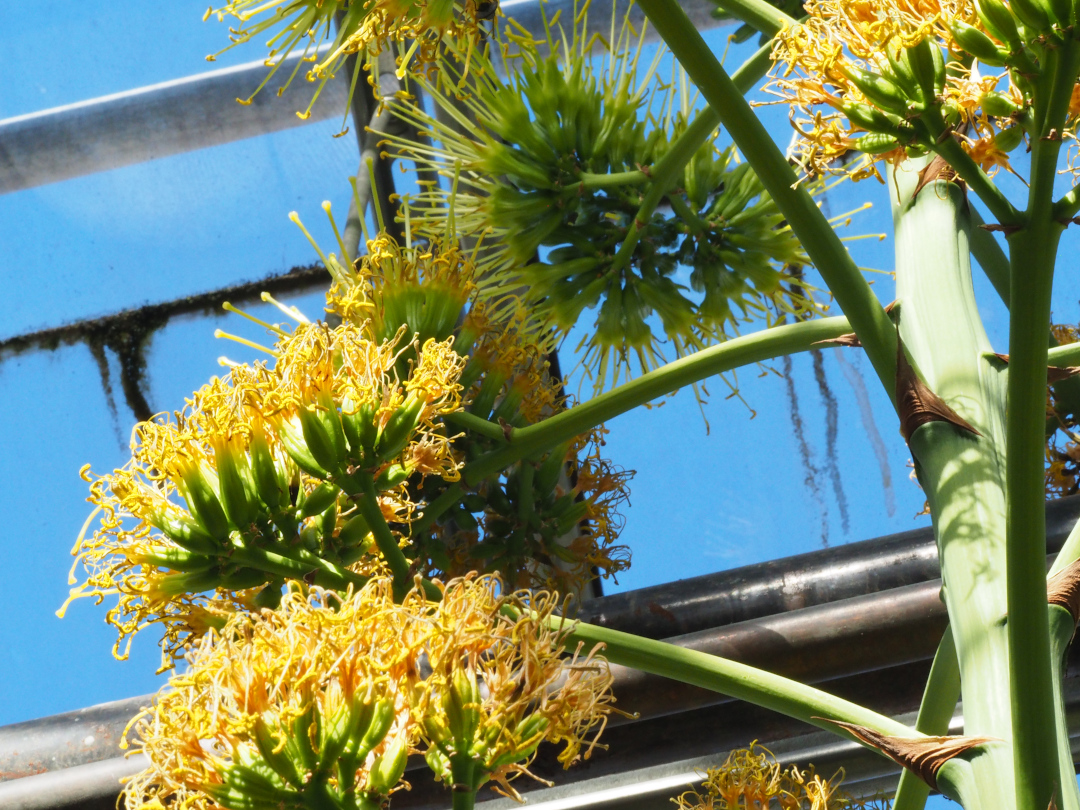 Most species of agaves grow for years—or even decades—before putting up one huge spire of flowers. The blooms are usually pollenated by bats that visit the huge sprays of flowers for the abundant nectar they produce.
Most species of agaves grow for years—or even decades—before putting up one huge spire of flowers. The blooms are usually pollenated by bats that visit the huge sprays of flowers for the abundant nectar they produce.
It is always interesting to see what tropical fruits look like on the plant. This papaya (
Carica papaya, Zones 10–11) has set a nice crop.
Staghorn
ferns (
Platycerium, Zones 10–11) produce two kinds of fronds. At the base are the shield fronds, which serve to anchor the plants to the trees where they live in the wild, and the spreading antler fronds, which do most of the photosynthesis. In this photo you can see a new, green shield frond growing out over the older brown one.
Berries are developing on this
Fatsia (Zones 7–10). These
evergreen shrubs are close relatives of English ivy (
Hedera helix, Zones 5–9) and bloom in winter with huge sprays of small white flowers.
At certain stages of their development, the blooms of
Amorphophallus konjac (Zones 6–11) smell pretty terrible. The scent attracts flies, which pollenate them.
The bloom spike of this
Aloe is about to open up.
The bases of the leaves of this palm are heavily armed with spikes. The yellow clusters are flowers getting ready to bloom.
Palm experts, please let us know in the comments if you can identify the species. Whatever type it is, it sure is beautiful!
Have a garden you’d like to share?
Have photos to share? We’d love to see your garden, a particular collection of plants you love, or a wonderful garden you had the chance to visit!
To submit, send 5-10 photos to gpod@taunton.com along with some information about the plants in the pictures and where you took the photos. We’d love to hear where you are located, how long you’ve been gardening, successes you are proud of, failures you learned from, hopes for the future, favorite plants, or funny stories from your garden.
Have a mobile phone? Tag your photos on Facebook, Instagram or Twitter with #FineGardening!
Do you receive the GPOD by email yet? Sign up here.
Fine Gardening Recommended Products
The Crevice Garden: How to make the perfect home for plants from rocky places
Fine Gardening receives a commission for items purchased through links on this site, including Amazon Associates and other affiliate advertising programs.
A crevice garden replicates the environmental conditions of mountain tops, deserts, coastlines, and other exposed or rocky places on earth. These striking garden features provide perfect conditions for the plants native to these far-off places, bringing the cultivation of these precious gems within everybody’s reach.
Pruning Simplified: A Step-by-Step Guide to 50 Popular Trees and Shrubs
Fine Gardening receives a commission for items purchased through links on this site, including Amazon Associates and other affiliate advertising programs.
Pruning Simplified shows you exactly how to do it. This must-have guide offers expert advice on the best tools for the job, specific details on when to prune, and clear instructions on how to prune. Profiles of the 50 most popular trees and shrubs—including azaleas, camellias, clematis, hydrangeas, and more—include illustrated, easy-to-follow instructions that will ensure you make the right cut the first time.
Spear & Jackson 4930FZ Razorsharp Telescopic Tree Pruner
Fine Gardening receives a commission for items purchased through links on this site, including Amazon Associates and other affiliate advertising programs.
Telescopic tree pruner with SK5 carbon steel blade which stays sharper for longer. Variable length telescopic handle extends up to 92 Inch (2340mm). Lopper for cutting branches up to 1.2" (30mm). 13 inch (330mm) saw is ideal for cutting thicker branches. Supplied with a long cord and pull-action handle. Part of the Razorsharp Advantage collection, the obvious choice for gardeners who demand and expect precise, powerful performance. "Grow Your Own" Great British Growing 2020 Award Winners.
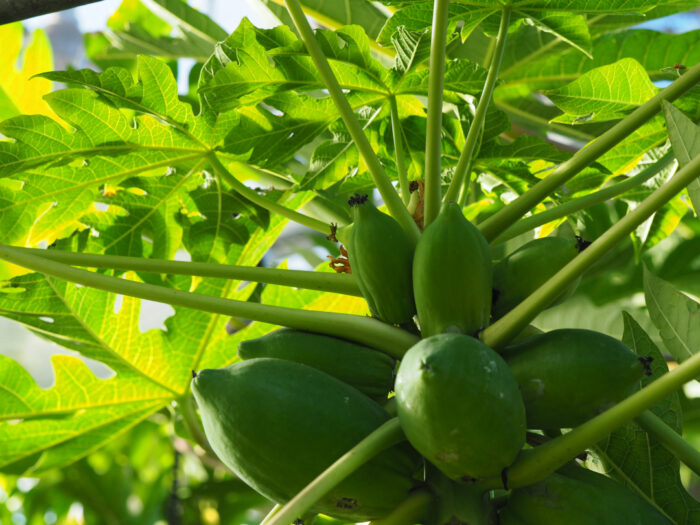
 Sometimes enjoying a garden is about taking time to look at the tiniest of details, like the unusual fringed red hairs on the petioles of these Begonia leaves.
Sometimes enjoying a garden is about taking time to look at the tiniest of details, like the unusual fringed red hairs on the petioles of these Begonia leaves.
 Most species of agaves grow for years—or even decades—before putting up one huge spire of flowers. The blooms are usually pollenated by bats that visit the huge sprays of flowers for the abundant nectar they produce.
Most species of agaves grow for years—or even decades—before putting up one huge spire of flowers. The blooms are usually pollenated by bats that visit the huge sprays of flowers for the abundant nectar they produce.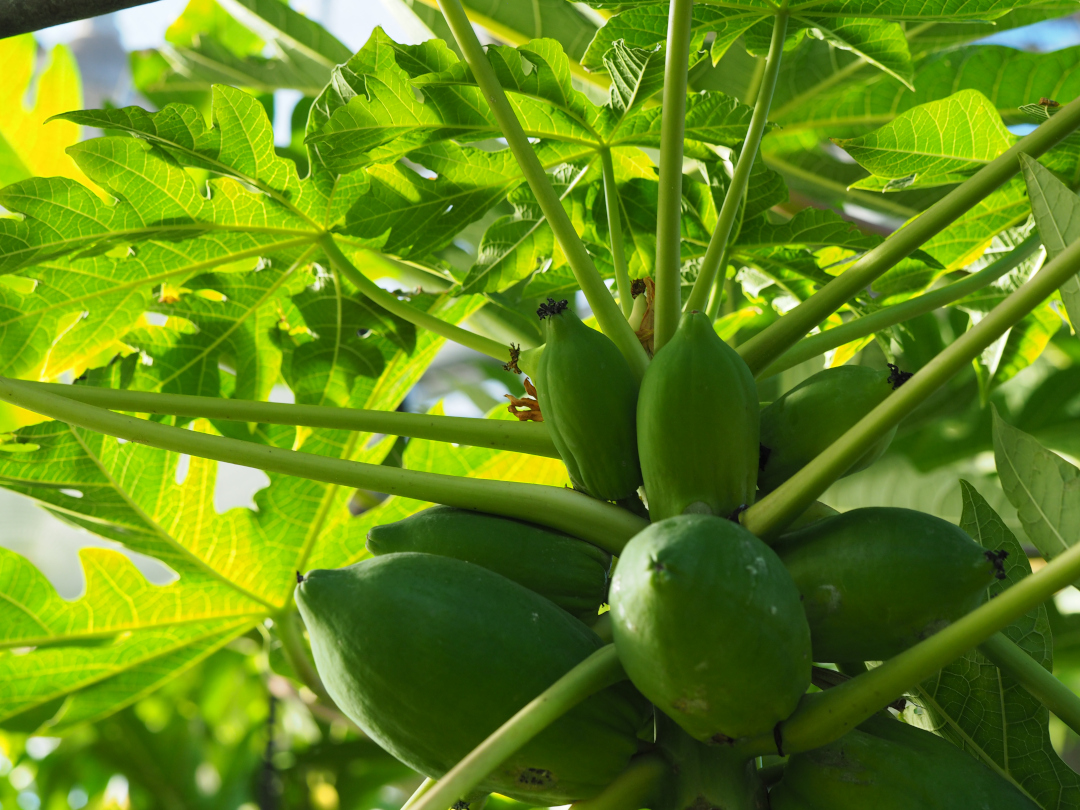
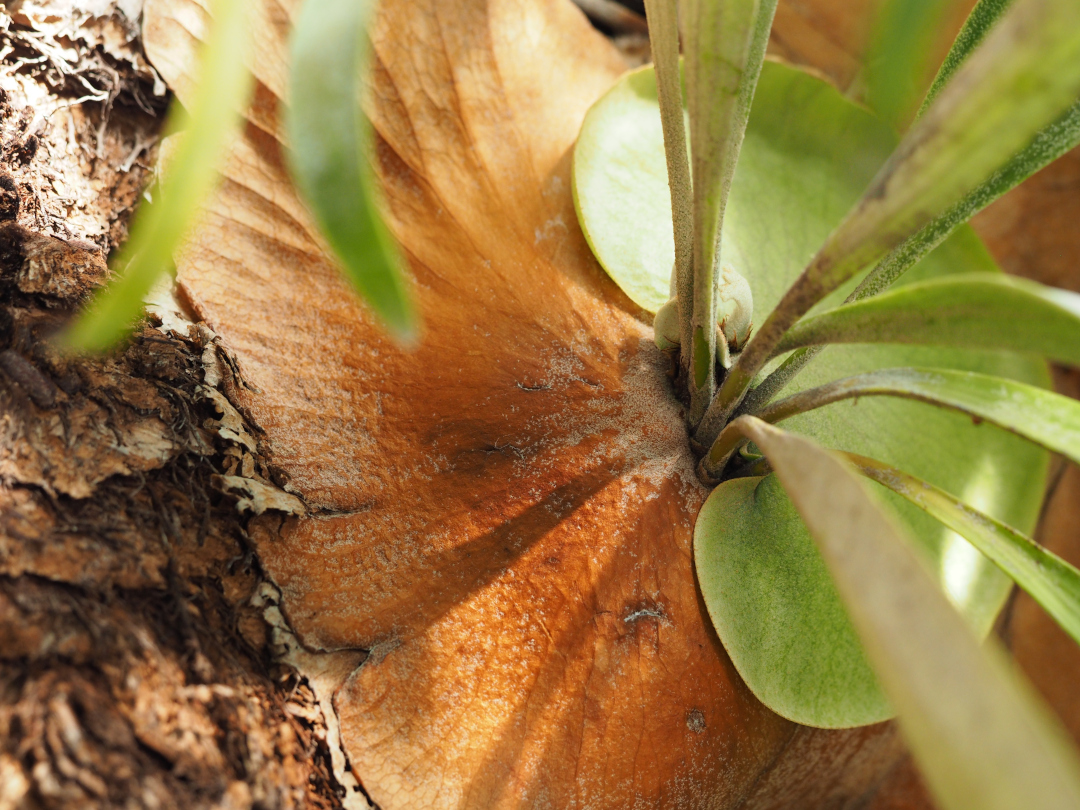
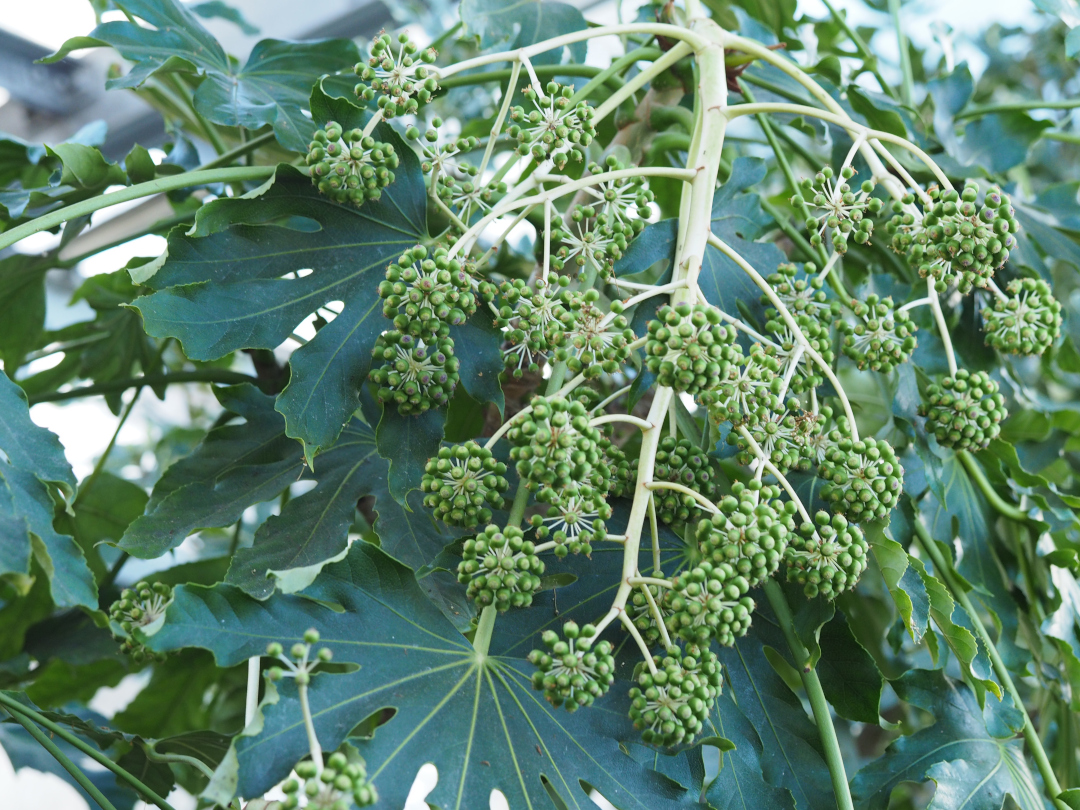
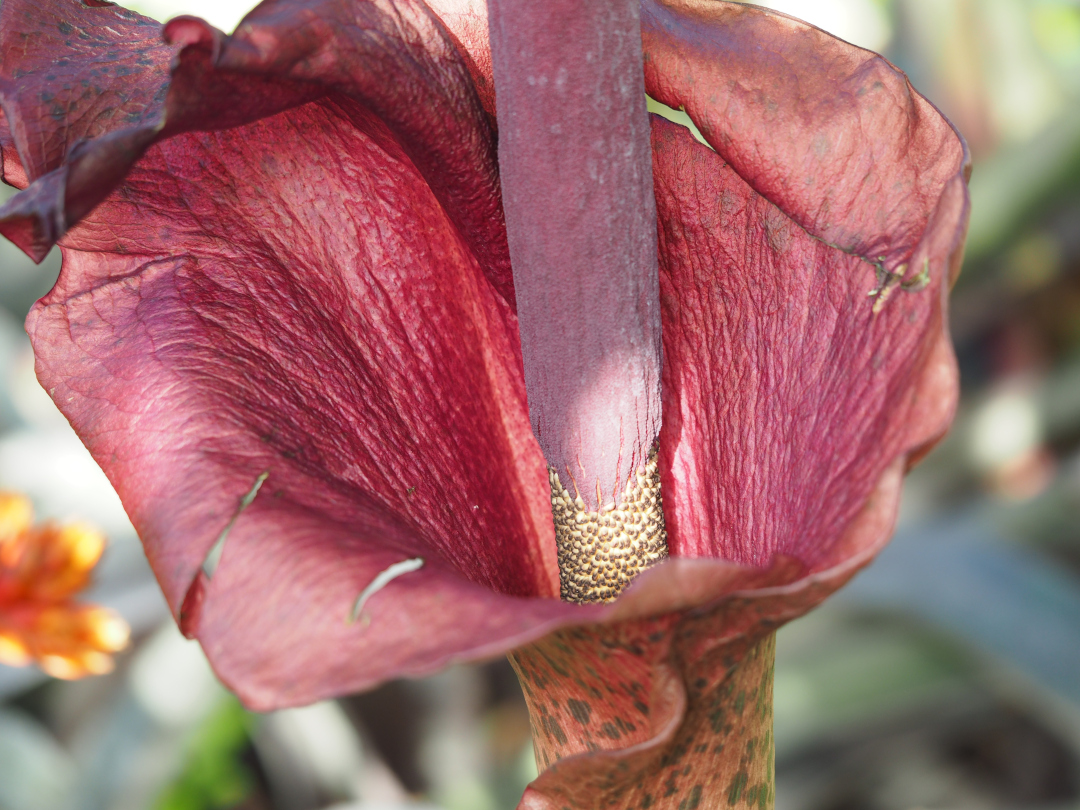
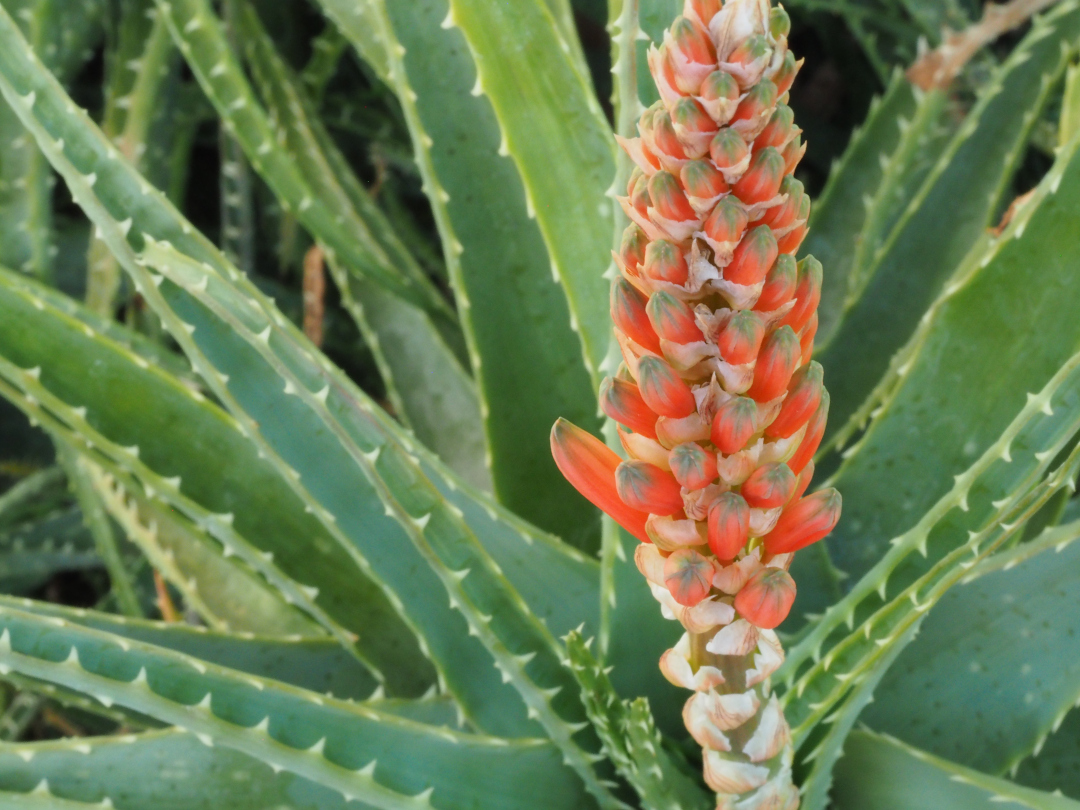
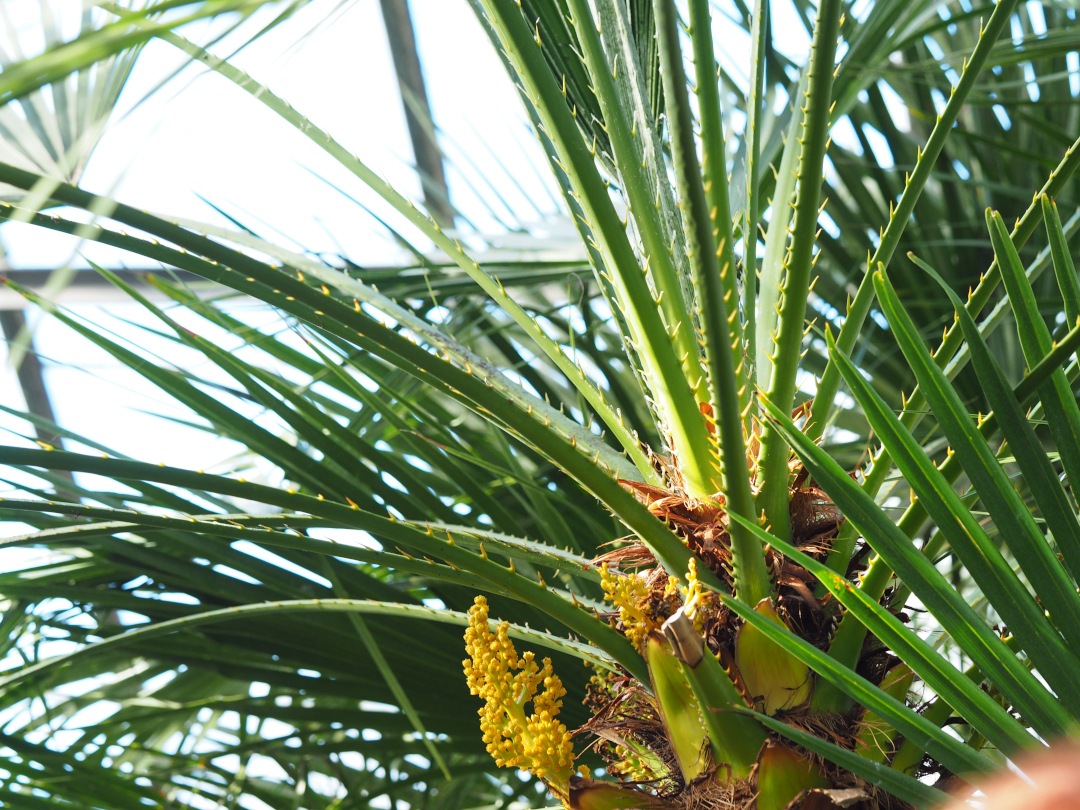
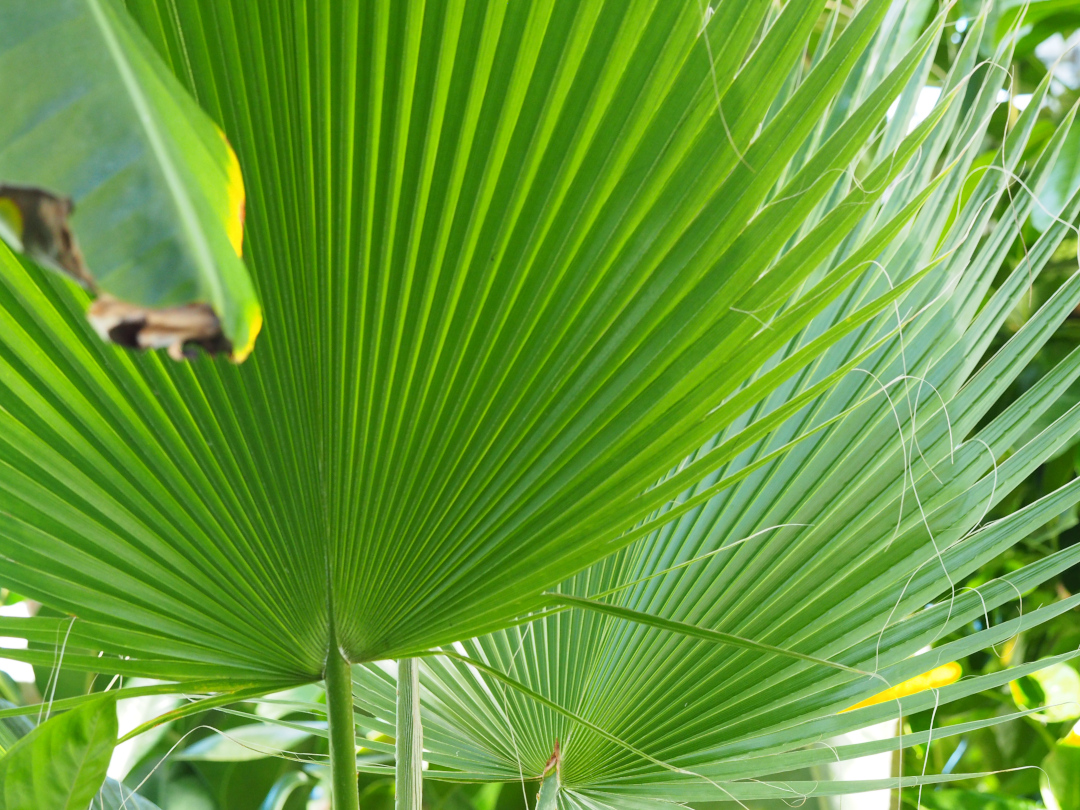

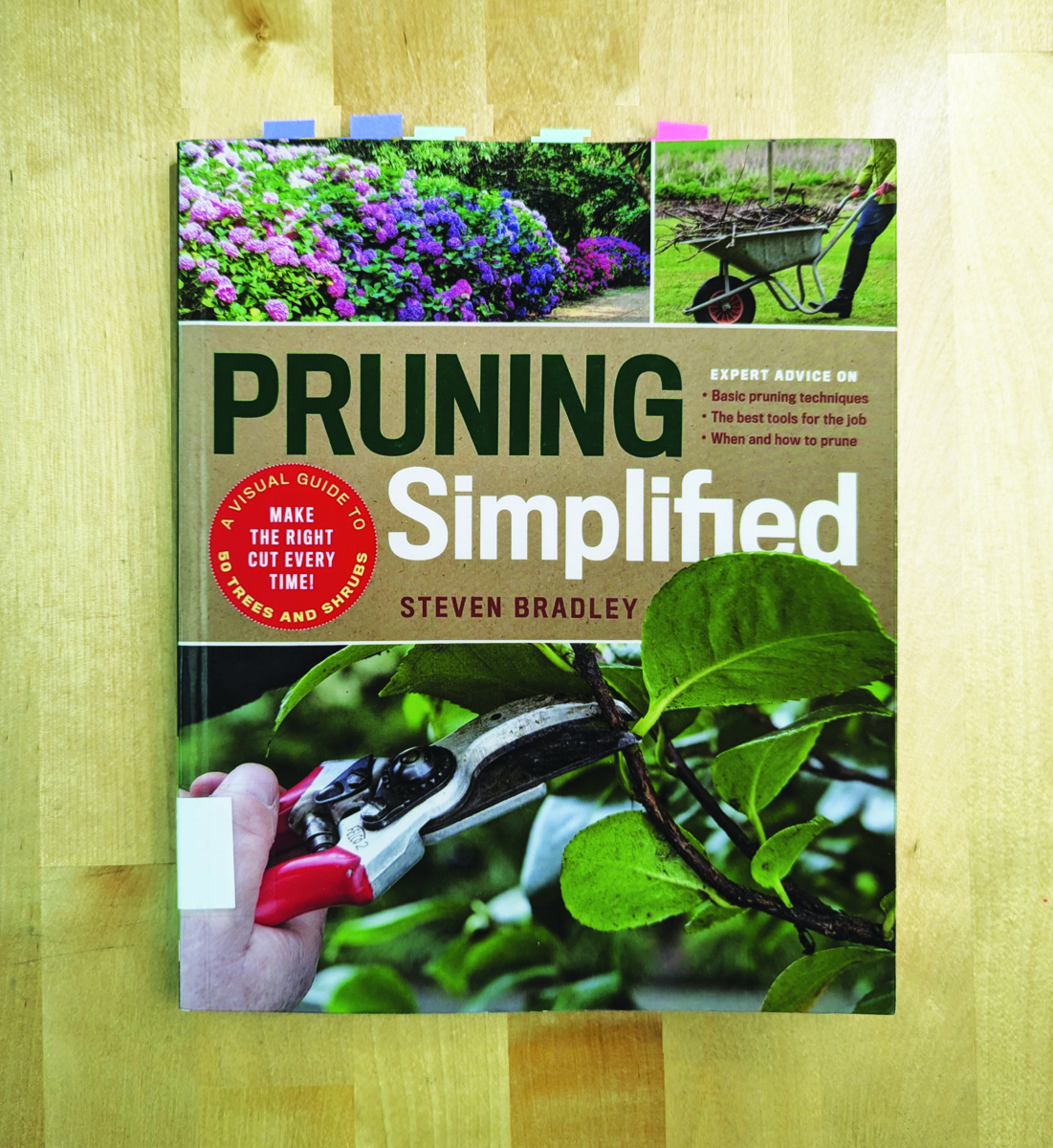
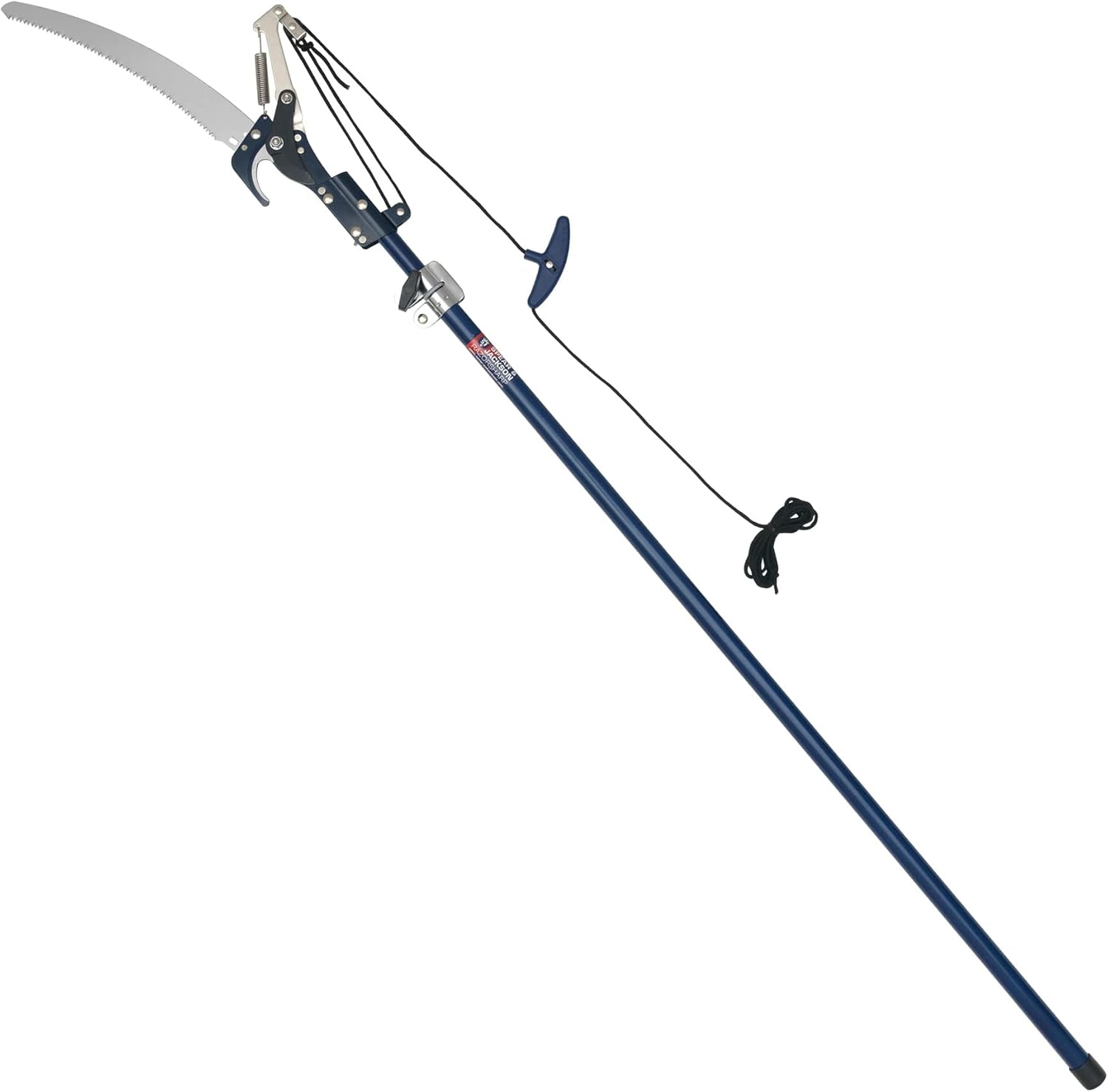
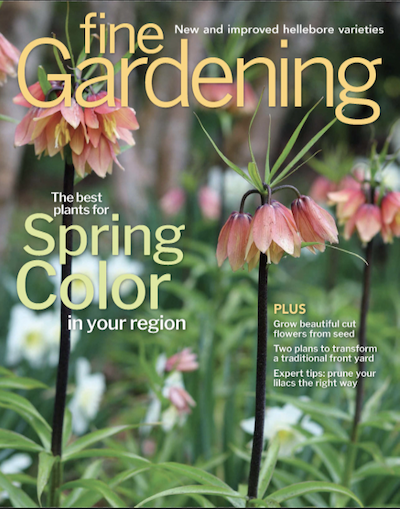


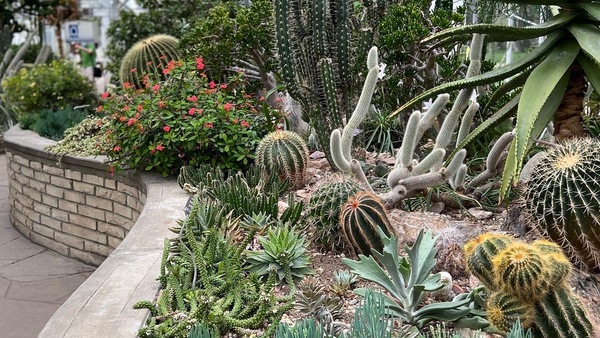



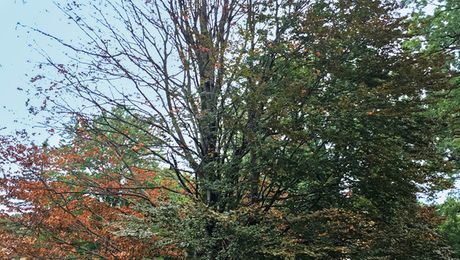


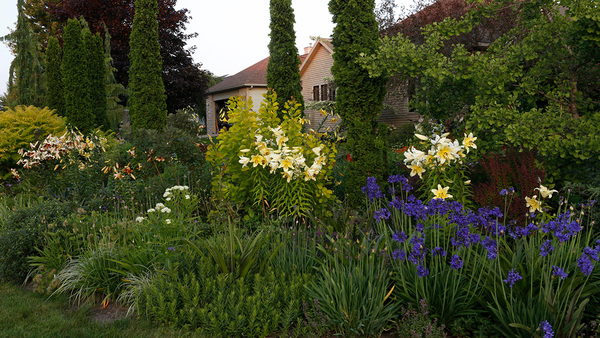







Comments
Great pics!
Fiji Fan Palm?
I think you're right about that being a Fiji Fan Palm!
Fabulous pics and descriptions! Thank you!!!
Your photo of the Staghorn fern up close at the base is really nice- they just amaze me- rootless wonders.
You mention how certain blooms attract flies and others attract bats...I'm so used to thinking of butterflies and bees as pollinators.
Log in or create an account to post a comment.
Sign up Log in